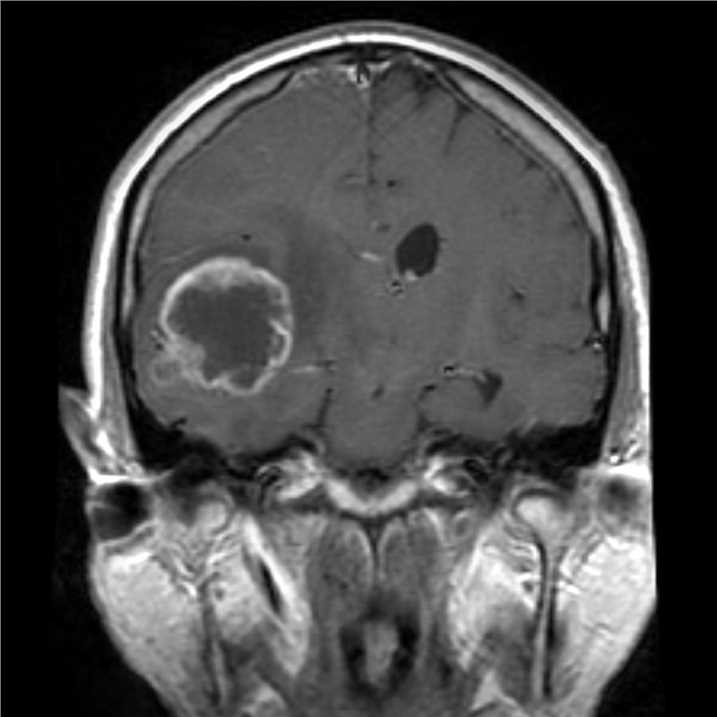Morphology determines fate: new advances in brain organoids

Tissues rely on extremely precise genetic information to establish their structure and function, but little work has been done to think about and ask the question of whether and how long-duration organizational changes affect genetic information. The nervous system is a fine example of the synergy between organizational structure and gene expression. Cortical development is like the construction of a fine set of buildings, with the resulting cortical hemispheres consisting of layers of precursor cells densely arranged on the apicobasal axis, neural layers, and so on. Of course, it remains unknown whether this cortical structure is developmentally relevant and whether the laminar distribution of cells is also involved in tissue development.
In vitro models are a powerful tool for studying tissue development. For example, the spatial confinement of embryonic stem cells can influence germ-layer formation. Recent work also suggests that the skeletal support structure can directly influence the cellular composition of intestinal organoids. Similarly, the role of brain-like organs in the study of tissue structure and cellular characteristics is important because brain-like organs can form complex morphological structures through autonomous assembly, similar to the real situation in vivo. This 3D neural system is more capable of characterizing the real situation in vivo, including developmental transcriptional profiles and cellular component ratios, than conventional 2D culture systems, which also suggests that tissue structure is also a factor influencing cell fate.
There is also a large body of recent work analyzing and comparing the similarities and differences between neural organoid and brain organization. Of course, not many have focused on organoid morphology. Methods of neural organoid production are also becoming more sophisticated, but despite the similarity in cell type and composition obtained from different organoid production methods, the tissue morphology varies dramatically. For example, whereas human cortical hemispheres form large numbers of small, homogeneous, spherical aggregates containing large numbers of rosette-like neural structures, neural organoids tend to form intricately entangled neuroepithelial structures as well as large, fluid-containing, blade-like structures. Of course, the reason for the formation of this morphological structure of neural organs and whether it is distinct from tissues in the body remain unclear.
Recently, Madeline A. Lancaster's group at the MRC Laboratory of Molecular Biology in Cambridge, UK, published an article in Stem Cell entitled "Tissue morphology influences the temporal program of human brain organoid development. human brain organoid development, which provides insights into these questions".
First, the authors explored the correlation between organizational structure and properties through brain organoids. The authors systematically tested and evaluated the methods and results of individual organoid establishment and identified the key factors that determine organoid morphology. The authors find that the gross morphology of organoids predicts tissue structure and that altering the gross morphology alters organoid structure. Next, the authors investigate specifically how morphological differences affect cell and tissue fate by integrating single-cell nuclear transcriptome, single-cell transcriptome, and spatial transcriptome data. The more complex the morphology of the organoid created, the more realistic the simulation of human embryonic brain development, even without considering differences in organoid creation methods. In contrast, organoids with disturbed tissue structure develop abnormally, and the spatio-temporal order of cells is disrupted. This also establishes a direct link between tissue morphology and tissue fate. Finally, randomized or simplified cellular structures established by altering cellular locations lead to cell fate deviations. That is, if the cell is not in the right place at the right time, it loses the possibility of developmental maturation.
In summary, the authors have determined that brain cells need to follow specific laws of space and time in order to develop and mature by comparing studies of brain-like organs as well as real brain tissue. Of course, there are still some limitations to the authors' work. Variations between batches of brain-like organs and within the same batch are inevitable. In addition, the method of establishing brain-like organs still needs to be optimized in terms of the number of inoculated cells, FGF2 concentration, and matrix gel manipulation.





